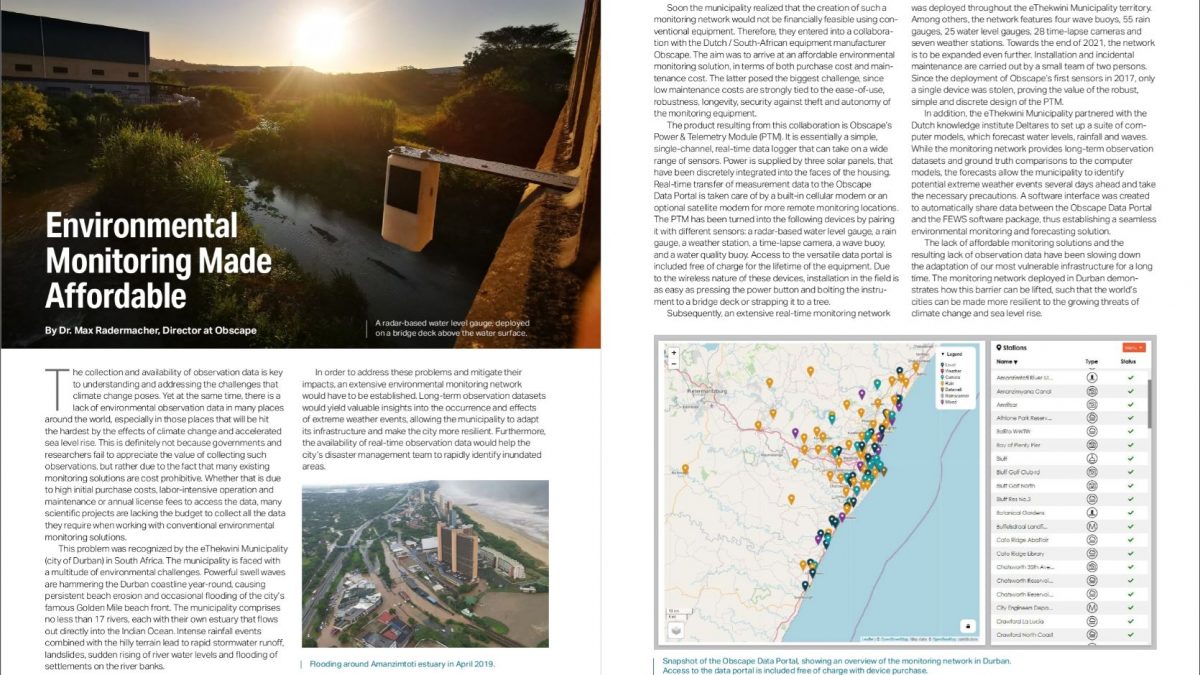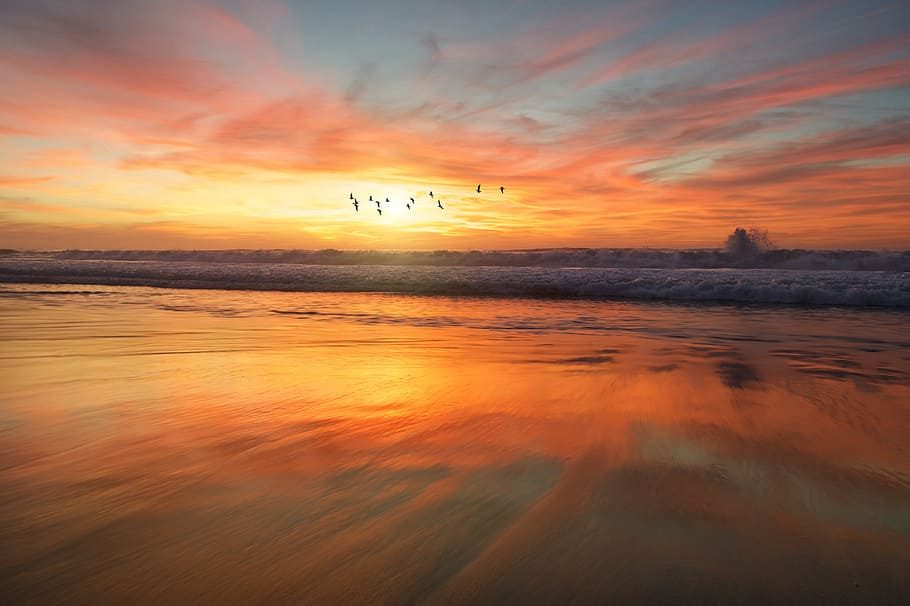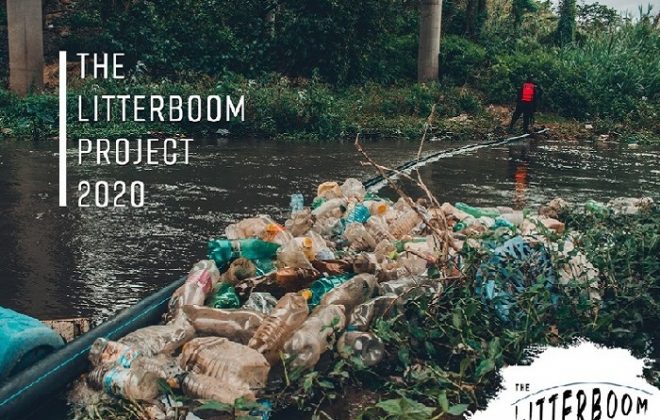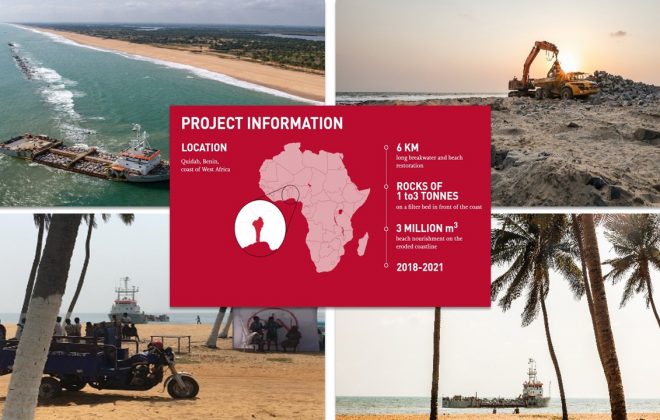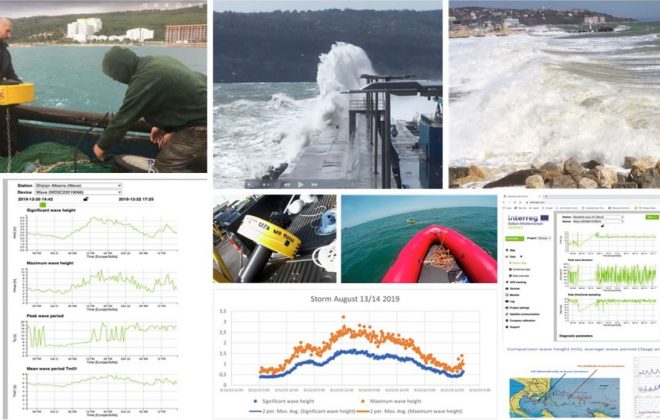Ocean Science Magazine
RISING SEAS
It’s one of humankind’s greatest challenge: keeping back the tides. The stories highlight the international efforts underway to create resilient coasts with nature-based solutions and green coastal development.
Environmental monitoring made affordable
ECO MAGAZINE: Special Issue RISING SEA 2021
Written by Dr. Max Radermacher.
Director at Obscape.
The collection and availability of observation data is key to understanding and addressing the challenges that climate change poses. Yet at the same time, there is a lack of environmental observation data in many places around the world, especially in those places that will be hit the hardest by the effects of climate change and accelerated sea level rise. This is definitely not because governments and researchers fail to appreciate the value of collecting such observations, but rather due to the fact that many existing monitoring solutions are cost-prohibitive. Whether that is due to high initial purchase costs, labour-intensive operation and maintenance or annual license fees to access the data, many scientific projects are lacking the budget to collect all the data they require when working with conventional environmental monitoring solutions.
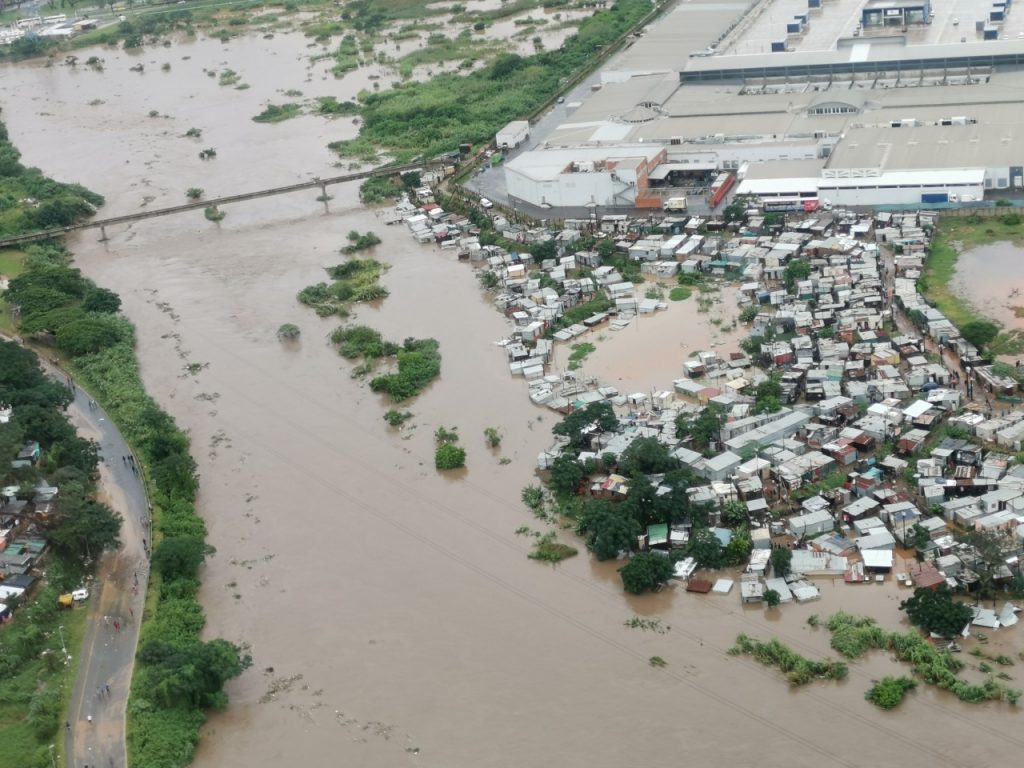
This problem was recognised by the eThekwini Municipality (city of Durban) in South Africa. The municipality is faced with a multitude of environmental challenges. Powerful swell waves are hammering the Durban coastline year-round, causing persistent beach erosion and occasional flooding of the city’s famous Golden Mile beach front. The municipality comprises no less than 17 rivers, each with their own estuary that flows out directly into the Indian Ocean. Intense rainfall events combined with the hilly terrain lead to rapid stormwater runoff, landslides, sudden rising of river water levels and flooding of settlements on the river banks.
In order to address these problems and mitigate their impacts, an extensive environmental monitoring network would have to be established. Long-term observation datasets would yield valuable insights into the occurrence and effects of extreme weather events, allowing the municipality to adapt its infrastructure and make the city more resilient. Furthermore, the availability of real-time observation data would help the city’s disaster management team to rapidly identify inundated areas.
Soon the municipality realised that the creation of such a monitoring network would not be financially feasible using conventional equipment. Therefore they entered into a collaboration with the Dutch / South-African equipment manufacturer Obscape. The aim was to arrive at an affordable environmental monitoring solution, in terms of both purchase cost and maintenance cost. The latter posed the biggest challenge, since low maintenance costs are strongly tied to the ease-of-use, robustness, longevity, security against theft and autonomy of the monitoring equipment.
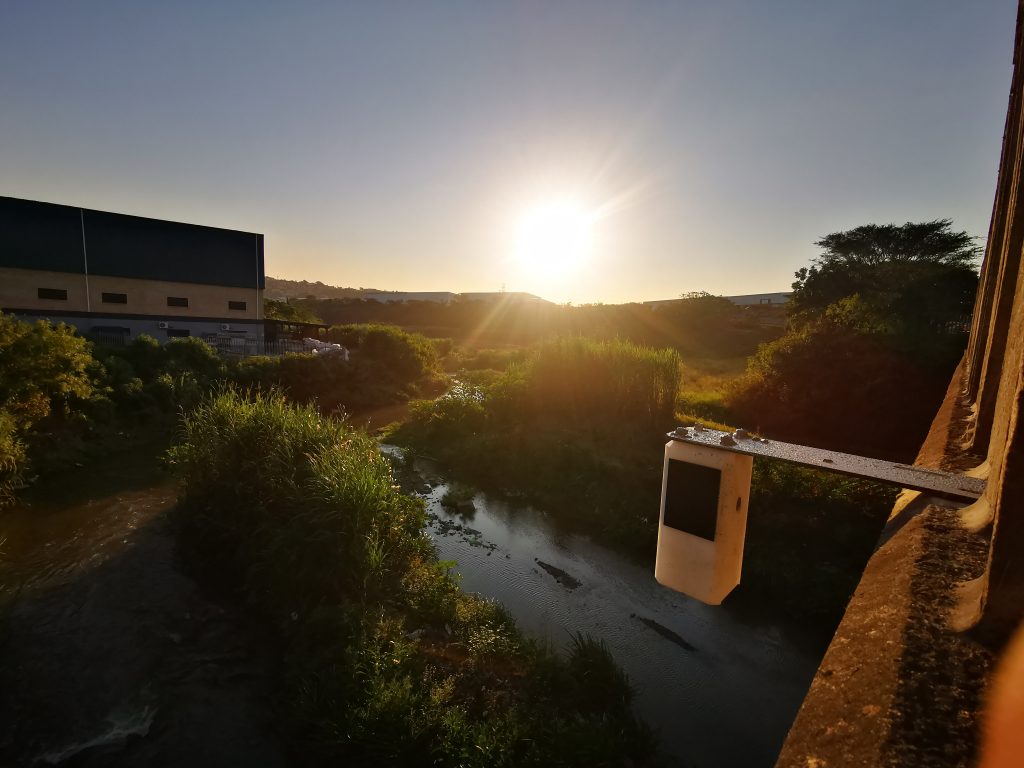
The product resulting from this collaboration is Obscape’s Power & Telemetry Module (PTM). It is essentially a simple, single-channel, real-time data logger that can take on a wide range of sensors. Power is supplied by three solar panels, that have been discretely integrated into the faces of the housing. Real-time transfer of measurement data to the Obscape Data Portal is taken care of by a built-in cellular modem or an optional satellite modem for more remote monitoring locations. The PTM has been turned into the following devices by pairing it with different sensors: a radar-based water level gauge, a rain gauge, a weather station, a time-lapse camera, a wave buoy and a water quality buoy. Access to the versatile data portal is included free of charge for the lifetime of the equipment. Due to the wireless nature of these devices, installation in the field is as easy as pressing the power button and bolting the instrument to a bridge deck or strapping it to a tree.
Subsequently, an extensive real-time monitoring network was deployed throughout the eThekwini Municipality territory. Among others, the network features 4 wave buoys, 55 rain gauges, 25 water level gauges, 28 time-lapse cameras and 7 weather stations. Towards the end of 2021, the network is to be expanded even further. Installation and incidental maintenance are carried out by a small team of 2 persons. Since the deployment of Obscape’s first sensors in 2017, only a single device was stolen, proving the value of the robust, simple and discrete design of the PTM.
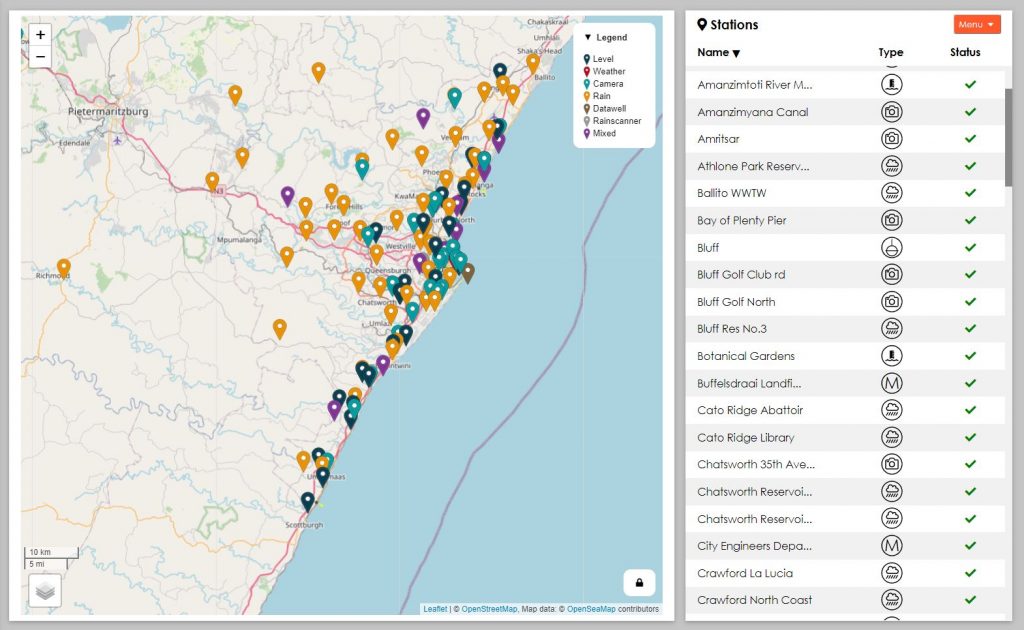
In addition, the eThekwini Municipality partnered with the Dutch knowledge institute Deltares to set up a suite of computer models, which forecast water levels, rainfall and waves. While the monitoring network provides long-term observation datasets and provides ground truth comparisons to the computer models, the forecasts allow the municipality to identify potential extreme weather events several days ahead and take the necessary precautions. An software interface was created to automatically share data between the Obscape Data Portal and the FEWS software package, thus establishing a seamless environmental monitoring and forecasting solution.
The lack of affordable monitoring solutions and the resulting lack of observation data have been slowing down the adaptation of our most vulnerable infrastructure for a long time. The monitoring network deployed in Durban demonstrates how this barrier can be lifted, such that the world’s cities can be made more resilient to the growing threats of climate change and sea level rise.
Click here to find out more about our products: Shop for Products

